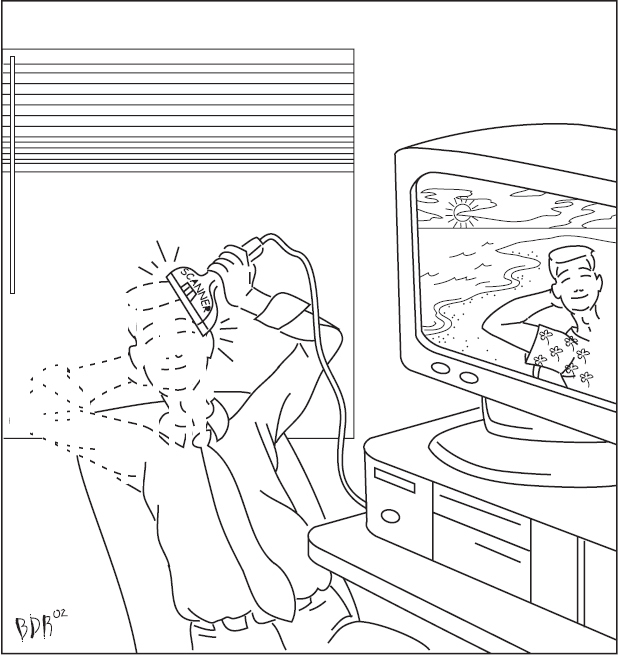CHAPTER 4
DATA FORMATS

Thomas Sperling, adapted by Benjamin Reece
4.0 INTRODUCTION
In Chapter 3 you had a chance to explore some of the properties of the binary number system. You are already aware that for all computers and computer-based devices the binary number system is the system of choice, both for all forms of data storage and for all internal processing of operations. As human beings, we normally don't choose to do our work in binary form. Our communications are made up of language, images, and sounds. For written communications, and for our own data storage, we most frequently use alphanumeric characters and/or symbols, representing English or some other language. At other times, we communicate with a photograph, a video, or a chart or diagram, or some other image. Images may be black and white or color; they may be still frames or moving. Sounds often represent a different, spoken, form of written language, but they may also represent other possibilities, such as music, the roar of an engine, or a purr of satisfaction. We perform calculations using numbers made up of a set of numeric characters. As a reminder, standardization is an important consideration in a modern world where the ability to share data is assumed.
In the past, most business data processing took the form of text and numbers. Today, multimedia, consisting of images and sounds in the form of video conferencing, ...
Get The Architecture of Computer Hardware, Systems Software, & Networking: An Information Technology Approach, 5th Edition now with the O’Reilly learning platform.
O’Reilly members experience books, live events, courses curated by job role, and more from O’Reilly and nearly 200 top publishers.

